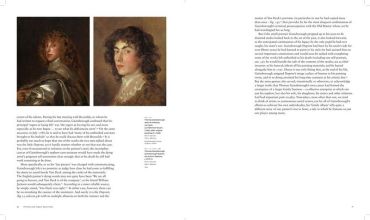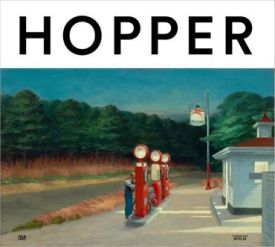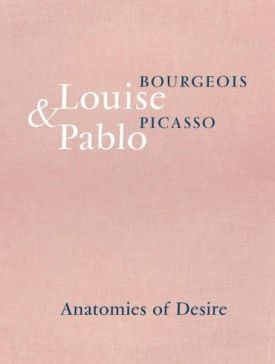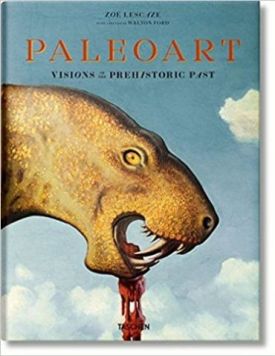Gainsboroughs Family Album 46237
Despite this famous protestation in a letter to his friend William Jackson, Gainsborough was clearly prepared to make an exception when it came to making portraits of his own family and himself. This book, and the major exhibition it accompanies, features a dozen portraits of his daughters Mary and Margaret, the same number of himself and his wife Margaret (though, perhaps tellingly, only one of the couple together), as well as works depicting four of his five siblings, his handsome nephew Gainsborough Dupont (who became his studio assistant) , an aunt and uncle, several in - laws and – last, but not least – his beloved dogs, Tristram and Fox.
Spanning more than four decades, Gainsborough’s family portraits chart the period from the mid - 1740s, when he plied his trade in his native Suffolk , through his time in Bath ( 1758 – 74 ), when he established hi mself with a rich and fashionable clientele , to his most successful latter years at his luxuriously appointed studio in London’s We st End. Alongside this story of a provincial 18th - century artist’s rise to fame and fortune runs a more private narrative, ab out the role of portraiture in the promotion of family values, at a time when these were assuming a recogni s ably modern form.
In the first of three introductory essays, David H. Solkin writes on Gainsborough himself, placing his family portraits in the context of earlier practice – including that of the Flemish master Peter Paul Rubens and British portraitists from Mary Beale to Joseph Highmore . Ann Bermingham explores Gainsborough’s portraits of his daughters, with particular reference to two finished double portraits painted seven years apart and the tragic story arising from them. Susan Sloman discusses Margaret’s role as her husband’s business manager, its effect on the family dynamic and hence the visual representation of its members.
Spanning more than four decades, Gainsborough’s family portraits chart the period from the mid - 1740s, when he plied his trade in his native Suffolk , through his time in Bath ( 1758 – 74 ), when he established hi mself with a rich and fashionable clientele , to his most successful latter years at his luxuriously appointed studio in London’s We st End. Alongside this story of a provincial 18th - century artist’s rise to fame and fortune runs a more private narrative, ab out the role of portraiture in the promotion of family values, at a time when these were assuming a recogni s ably modern form.
In the first of three introductory essays, David H. Solkin writes on Gainsborough himself, placing his family portraits in the context of earlier practice – including that of the Flemish master Peter Paul Rubens and British portraitists from Mary Beale to Joseph Highmore . Ann Bermingham explores Gainsborough’s portraits of his daughters, with particular reference to two finished double portraits painted seven years apart and the tragic story arising from them. Susan Sloman discusses Margaret’s role as her husband’s business manager, its effect on the family dynamic and hence the visual representation of its members.
Незважаючи на цей відомий протест у листі до свого друга Вільяма Джексона, Гейнсборо був явно готовий зробити виняток, коли йшлося про створення портретів власної сім'ї та самого себе. У цій книжці та на великій виставці, яку вона супроводжує, представлено з десяток портретів його доньок Мері та Маргарет, стільки ж його самого та його дружини Маргарет (хоча, можливо, промовисто, лише один із подружжя разом), а також роботи, що зображують чотирьох із п'яти його братів і сестер, його вродливого племінника Гейнсборо Дюпона (який став його асистентом у майстерні), тітку й дядька, кількох родичів і, нарешті, але не в останню чергу, його улюблених песиків - Трістрама й Лисиці.
Родинні портрети Гейнсборо, що охоплюють понад чотири десятиліття, показують період від середини 1740-х років, коли він займався ремеслом у рідному Суффолку, через його перебування у Баті (1758 - 74), коли він завоював собі багатих і модних клієнтів, до його найуспішніших останніх років у розкішно облаштованій студії у лондонському районі Вест-Енд. Поряд з цією історією злету провінційного художника 18-го століття до слави і багатства, йде більш приватна розповідь про роль портрета в просуванні сімейних цінностей в той час, коли вони набували впізнаваної сучасної форми.
У першому з трьох вступних есе Девід Солкін пише про самого Гейнсборо, розглядаючи його сімейні портрети в контексті попередньої практики - зокрема, фламандського майстра Пітера Пауля Рубенса та британських портретистів від Мері Біл до Джозефа Хаймора. Енн Бермінгем досліджує портрети Гейнсборо його дочок, приділяючи особливу увагу двом завершеним подвійним портретам, написаним з різницею в сім років, і трагічній історії, що випливає з них. Сьюзен Сломан обговорює роль Маргарет як керівника бізнесу свого чоловіка, її вплив на динаміку сім'ї, а отже, на візуальну репрезентацію її членів.
- АвторDavid H. Solkin
- КатегоріяХобі та захоплення
- МоваАнглійська
- Рік2018
- Сторінок192
- Формат240х280 мм
- ОбкладинкаТверда
- Тип паперуОфсетний
- ІлюстраціїКольорові
- ЖанрКультура та мистецтвоЕсеОбразотворче мистецтво
- Вік14+
1668 ₴
Відділення Нова Пошта80 ₴
Поштомат Нова Пошта80 ₴
Кур’єр Нова Пошта120 ₴
Відділення УкрПошта50 ₴
Кур’єр за адресою90 ₴
















допоможіть тим, хто ще не читав